Home>Articles>4 Hidden Costs Of Accessory Dwelling Units You Need To Know
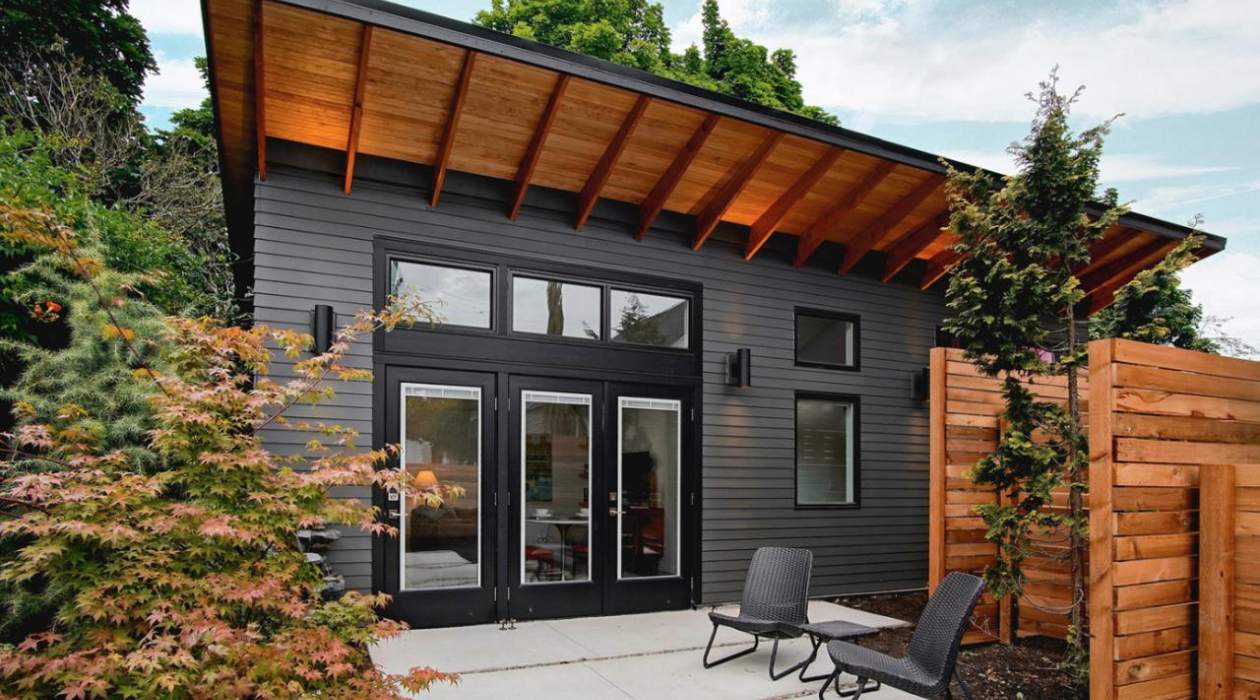

Articles
4 Hidden Costs Of Accessory Dwelling Units You Need To Know
Modified: September 1, 2024
Discover the hidden costs associated with accessory dwelling units. This informative article uncovers important factors to consider before investing in an ADU.
(Many of the links in this article redirect to a specific reviewed product. Your purchase of these products through affiliate links helps to generate commission for Storables.com, at no extra cost. Learn more)
Introduction
Accessory Dwelling Units (ADUs), also known as granny flats, in-law suites, or backyard cottages, have gained popularity in recent years as a solution to the growing demand for affordable housing and additional space. These secondary living units are often built or converted on existing residential properties and provide homeowners with the opportunity to maximize their property’s potential.
While ADUs offer numerous benefits, such as extra income from rental units or providing housing options for multi-generational families, it’s important to be aware of the hidden costs that come with these additions. Understanding these costs upfront can help homeowners make informed decisions and avoid financial surprises along the way.
In this article, we will explore four hidden costs of accessory dwelling units that homeowners need to be aware of before embarking on the ADU journey.
Key Takeaways:
- Building an ADU involves hidden costs such as permitting, construction, utilities, and taxes. Homeowners must research, budget, and seek professional guidance to make informed decisions and ensure financial preparedness.
- While ADUs offer benefits, homeowners need to anticipate ongoing expenses and potential property tax and insurance increases. Planning, budgeting, and exploring incentives can help mitigate these hidden costs and make the ADU investment manageable.
Permitting and Zoning Costs
One of the first and most significant hidden costs of building an accessory dwelling unit is the permitting and zoning expenses. Before constructing an ADU, homeowners must obtain the necessary permits from their local government authorities. These permits ensure that the new structure complies with safety standards, building codes, and zoning regulations.
However, the cost of obtaining these permits can vary widely depending on the location and the complexity of the project. Some areas may require homeowners to pay application fees, inspection fees, and other administrative charges. Additionally, homeowners may need to hire architects or professional consultants to prepare the necessary drawings and documentation for the permit application process.
Furthermore, zoning regulations can also impose certain requirements and restrictions on ADUs. Homeowners may need to adhere to setback requirements, maximum building heights, parking provisions, and other specific guidelines outlined by their local zoning ordinances. Failing to meet these requirements may result in additional expenses to revise the plans or seek variances or special permits.
Therefore, it is crucial for homeowners to research and understand the permitting and zoning costs associated with building an ADU in their specific area. Consulting with local authorities or hiring a professional who is familiar with ADU regulations can help homeowners estimate and budget for these hidden costs from the beginning.
Construction and Renovation Expenses
Another hidden cost that homeowners need to consider when building an accessory dwelling unit is the construction and renovation expenses. While ADUs can be a cost-effective way to add living space, they still involve significant construction work and renovations.
The cost of construction and renovation will depend on various factors, including the size of the ADU, the complexity of the design, and the materials used. Hiring contractors, architects, and other professionals to handle the construction process can also add to the expenses.
In some cases, homeowners may need to make structural modifications to their existing property to accommodate the ADU. This could involve reinforcing the foundation, upgrading electrical and plumbing systems, or even adding an additional story to the property. Each of these changes comes with its own price tag.
Furthermore, the type of materials and finishes chosen for the ADU can significantly impact the overall cost. Higher-quality materials and luxurious finishes will inevitably increase the budget. It’s essential for homeowners to carefully evaluate their desired design and material choices and compare them against their budget to ensure they remain within their financial means.
Additionally, unforeseen issues or complications that may arise during the construction process can also cause cost overruns. These can include discovering underlying issues with the property, encountering zoning or permit challenges, or facing unexpected weather delays.
To minimize these hidden construction and renovation expenses, homeowners should develop a comprehensive budget and consult with professionals who can provide accurate cost estimates. Obtaining multiple quotes and conducting thorough research on construction costs in their area can also help homeowners anticipate and plan for these hidden expenses.
When planning for an accessory dwelling unit, be sure to consider the hidden costs such as utility connections, permit fees, impact fees, and additional insurance. These costs can add up quickly and should be factored into your budget.
Utility and Maintenance Costs
While homeowners are often focused on the upfront costs of building an accessory dwelling unit, it’s important not to overlook the ongoing utility and maintenance expenses associated with these additional living spaces.
When it comes to utilities, homeowners should consider the increased usage of electricity, water, and gas that comes with an ADU. The additional square footage and occupants will inevitably result in higher utility bills. It’s important to account for these added expenses when budgeting for the ADU. Additionally, homeowners may need to install separate utility meters for the ADU to accurately track the usage and allocate the costs accordingly.
In terms of maintenance, homeowners should bear in mind that ADUs, like any other property, require regular upkeep. This includes routine maintenance tasks such as landscaping, cleaning, and repairs. Depending on the size and complexity of the ADU, these maintenance costs can add up over time. It’s important to factor in these ongoing expenses when considering the financial viability of building an accessory dwelling unit.
Furthermore, homeowners who choose to rent out their ADU must also consider the potential costs associated with tenant turnover. These costs may include cleaning and repairs between tenants, advertising expenses to find new tenants, and possibly even rental management fees if homeowners choose to hire a professional property management company to handle the rental process.
In order to minimize utility and maintenance costs, homeowners should incorporate energy-efficient features into the design of the ADU that can help reduce utility bills. This could include installing energy-efficient appliances, adequate insulation, and efficient HVAC systems. Regular maintenance and proactive repairs can also help prevent costly issues in the long run.
Overall, it’s important for homeowners to factor in the ongoing utility and maintenance costs when considering the financial feasibility of an accessory dwelling unit. Being prepared for these hidden expenses can help homeowners make informed decisions and ensure they can sustain the ADU in the long term.
Property Taxes and Insurance
When adding an accessory dwelling unit to their property, homeowners need to be aware of the potential impact on their property taxes and insurance premiums. These hidden costs can sometimes catch homeowners off guard if they are not adequately prepared.
Property taxes are typically based on the assessed value of a property. When homeowners construct an ADU, it can increase the overall value of the property, which, in turn, may lead to higher property tax assessments. Each jurisdiction has its own rules and regulations regarding how ADUs are assessed for tax purposes, so it’s important for homeowners to consult with their local taxing authority to understand how the addition of an ADU may affect their property taxes.
Furthermore, insurance costs can also increase when adding an ADU. Since an ADU represents an additional dwelling unit on the property, it generally needs to be added to the existing homeowners’ insurance policy. This can result in higher insurance premiums to ensure that both the primary residence and the ADU are adequately covered. It’s essential for homeowners to contact their insurance provider to discuss the impact of the ADU on their insurance coverage and premiums.
While property taxes and insurance costs can increase with the addition of an ADU, it’s important to consider the potential benefits as well. For instance, rental income from the ADU can offset some of these added expenses, making the overall financial impact more manageable.
Additionally, some jurisdictions may offer tax incentives or exemptions for ADUs built for certain purposes, such as affordable housing or housing for elderly family members. Homeowners should research and inquire about any potential tax breaks or incentives that could help mitigate the impact on their property taxes.
To accurately assess the hidden costs of property taxes and insurance, homeowners should consult with professionals who are familiar with local tax laws and insurance requirements. They can provide valuable guidance on how best to navigate these potential cost increases and ensure that homeowners are adequately prepared for the financial implications of building an accessory dwelling unit.
Read more: How To Know If You Need A Humidifier
Conclusion
Accessory dwelling units can be a great addition to any property, offering numerous benefits such as extra income, increased property value, and additional living space. However, it’s important for homeowners to be aware of the hidden costs that come with building and maintaining these units.
Permitting and zoning costs can vary widely depending on location and project complexity, so it’s crucial to research and budget accordingly. Construction and renovation expenses can add up, especially when structural modifications or high-quality materials are involved. Ongoing utility and maintenance costs should not be overlooked, as ADUs typically come with increased usage and maintenance needs. And finally, property taxes and insurance premiums may be impacted, necessitating a closer look at how these costs may change.
While these hidden costs can be a significant consideration, homeowners can mitigate them by planning ahead, budgeting accordingly, and seeking professional guidance. Consulting with local authorities, architects, contractors, and insurance providers can provide valuable insights to ensure homeowners make informed decisions throughout the ADU building process.
Ultimately, by understanding and accounting for these hidden costs, homeowners can ensure that the financial impact of building an accessory dwelling unit remains manageable. With careful planning and consideration, an ADU can be a worthwhile investment that enhances both the property value and the quality of life for homeowners and their families.
Frequently Asked Questions about 4 Hidden Costs Of Accessory Dwelling Units You Need To Know
Was this page helpful?
At Storables.com, we guarantee accurate and reliable information. Our content, validated by Expert Board Contributors, is crafted following stringent Editorial Policies. We're committed to providing you with well-researched, expert-backed insights for all your informational needs.
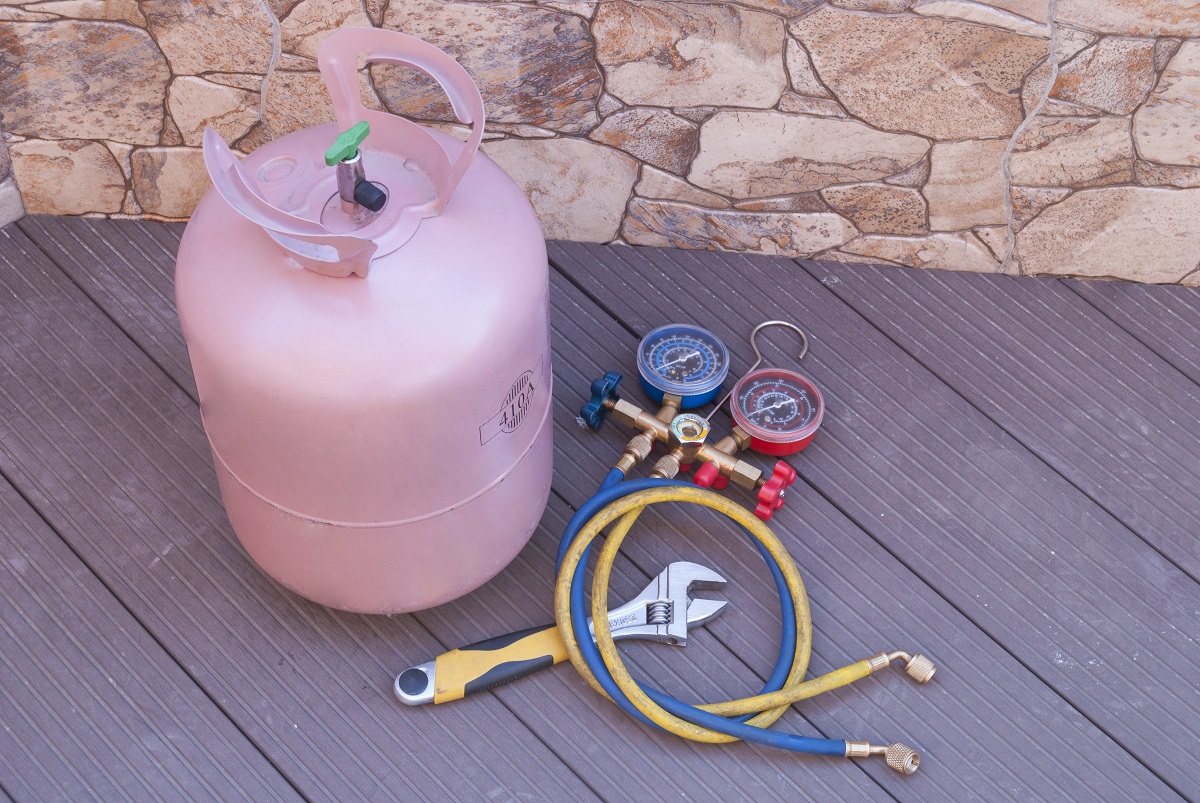
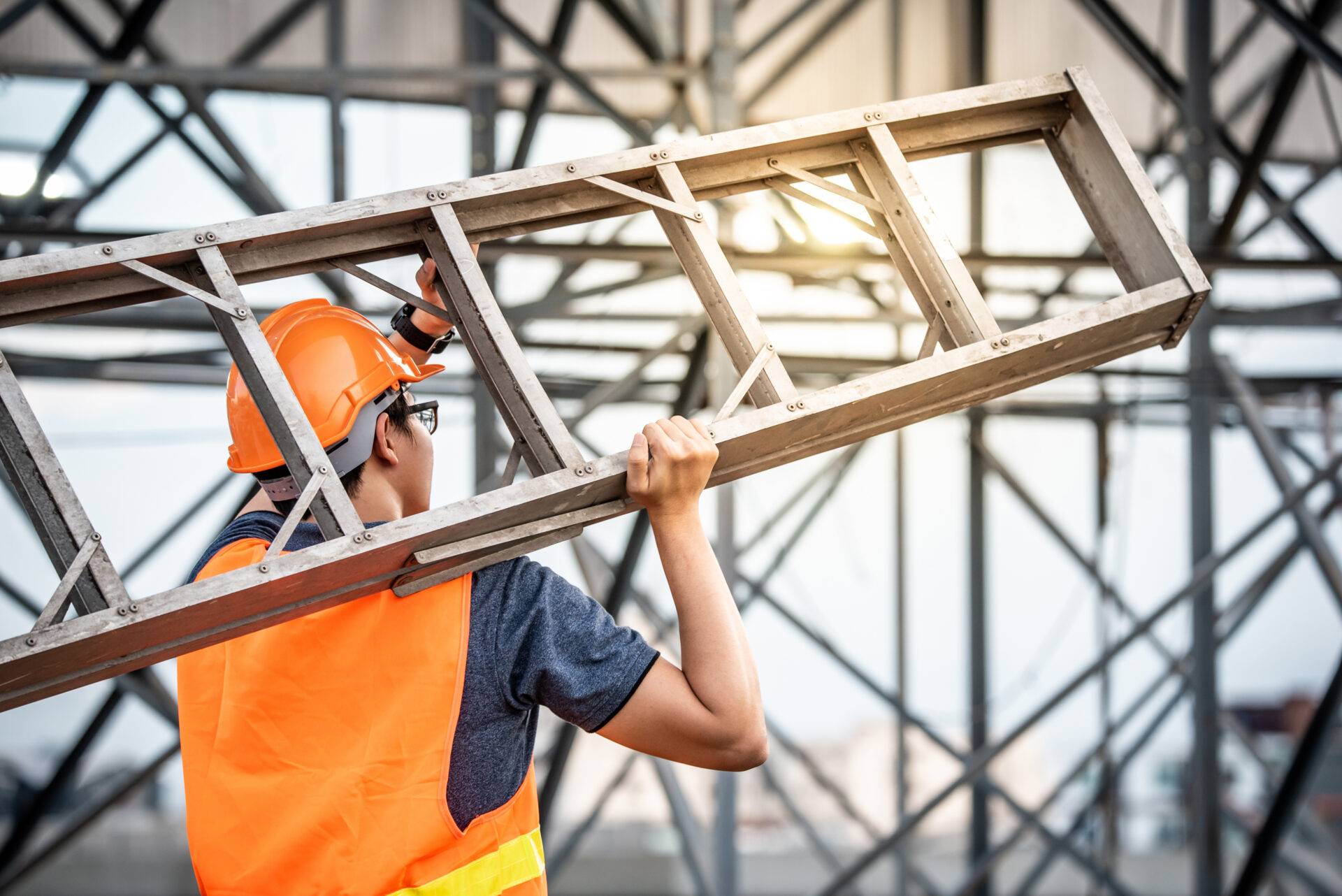

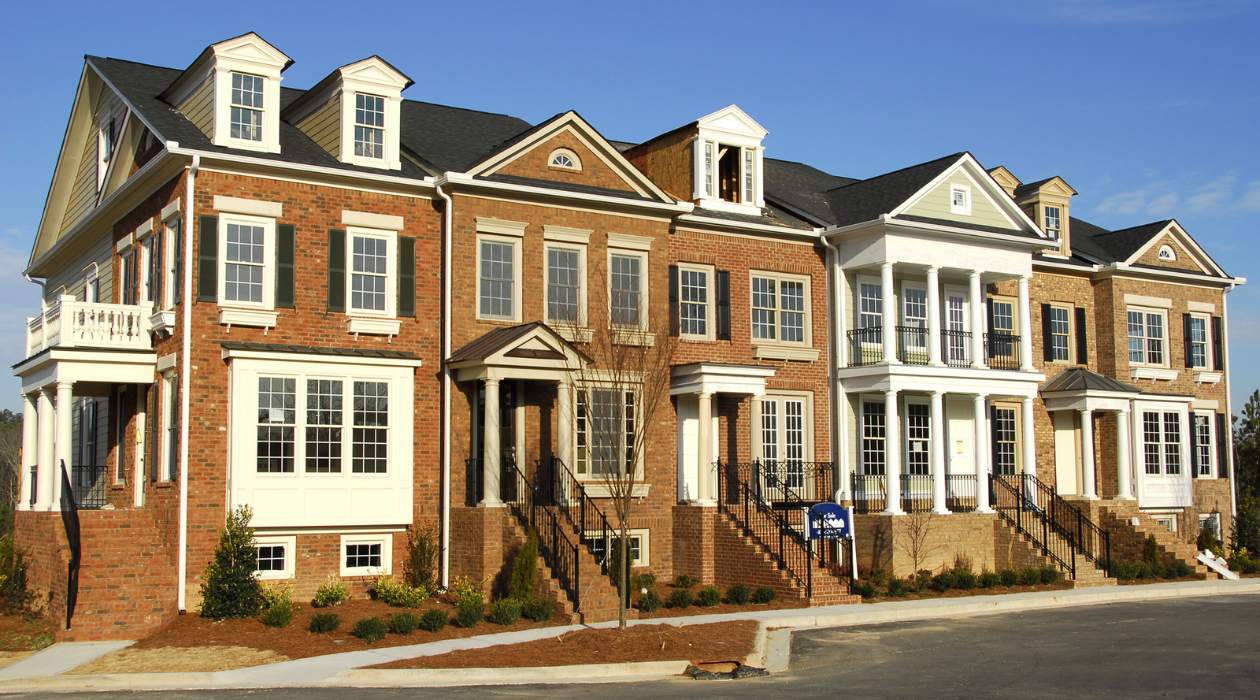
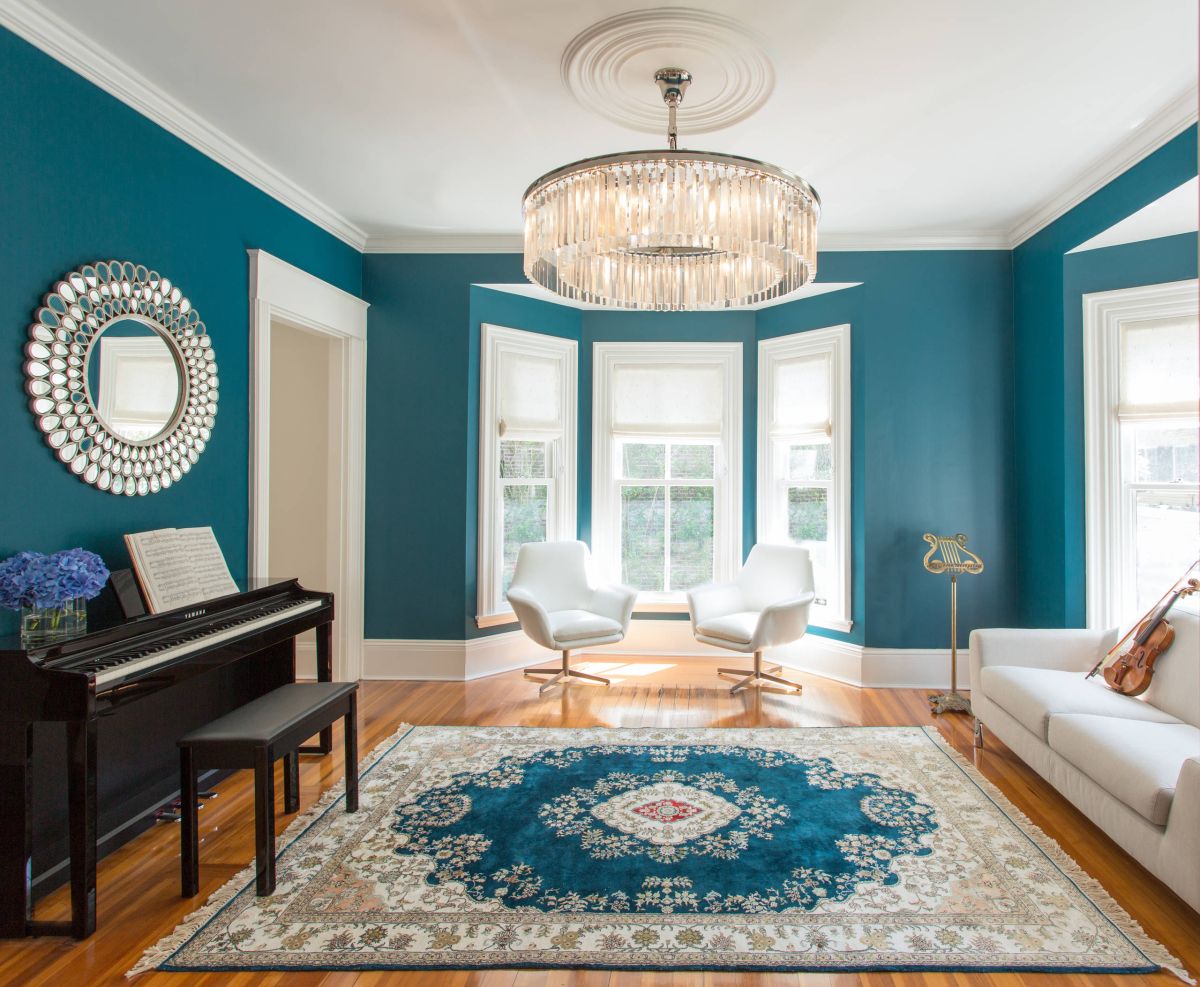


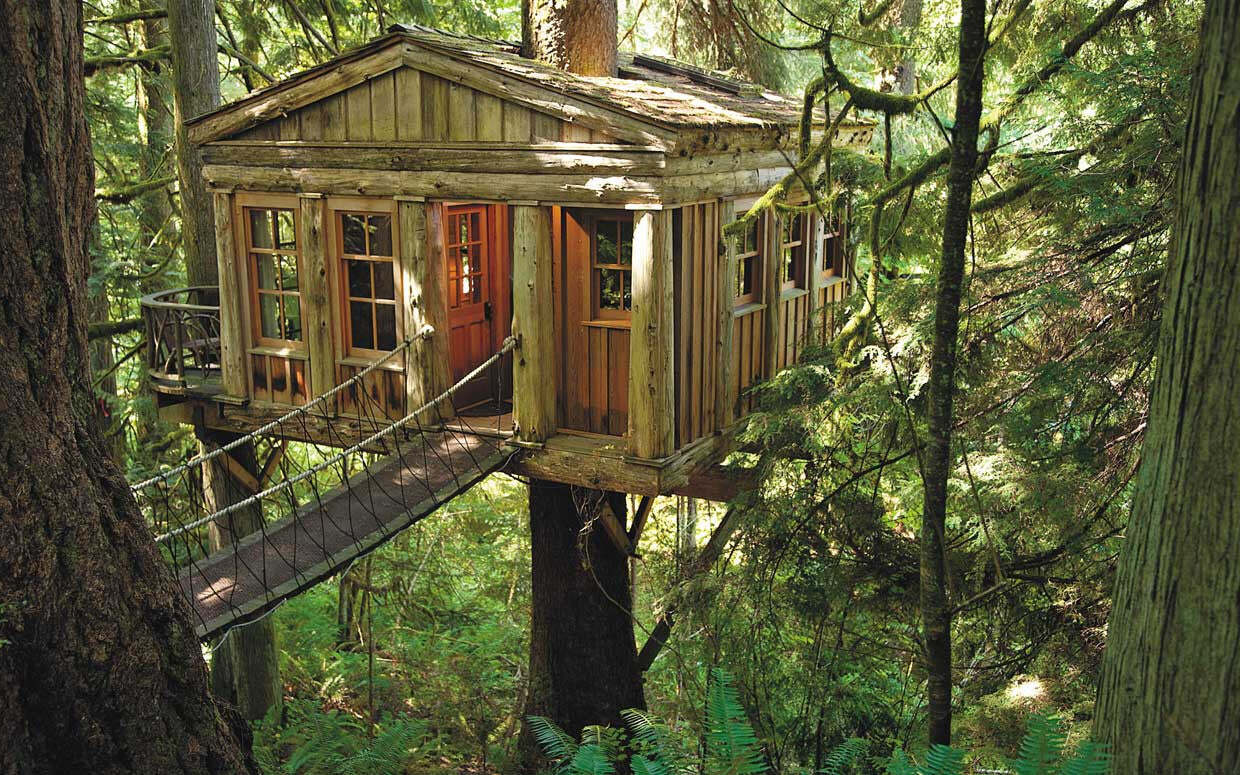

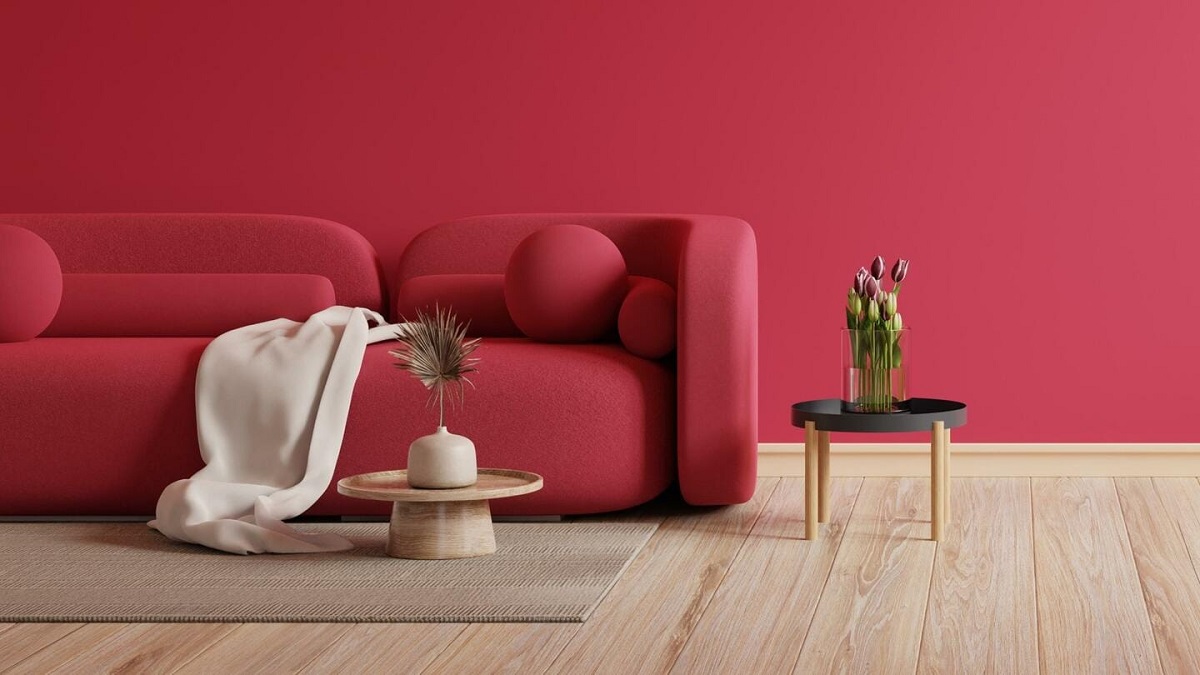
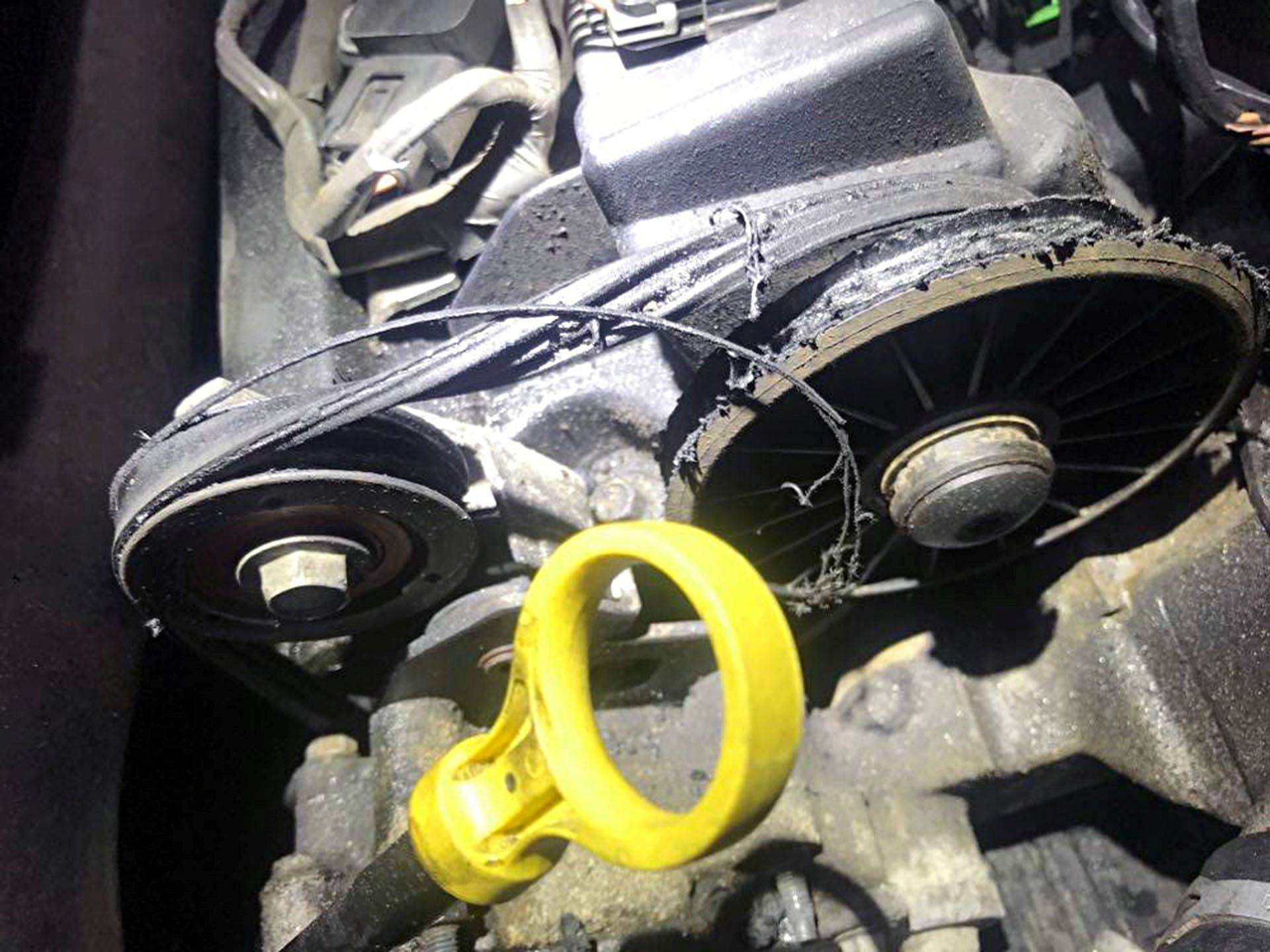
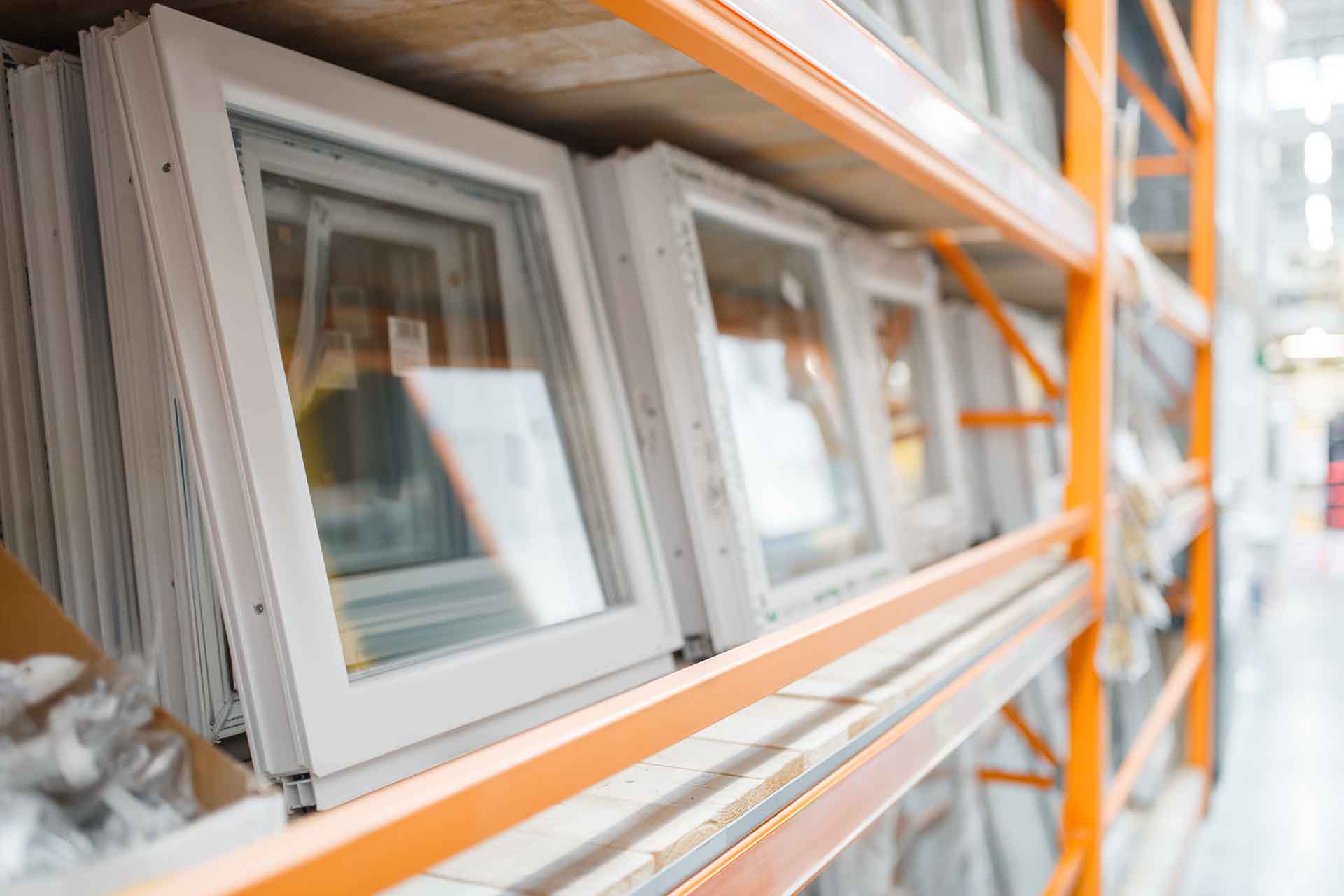
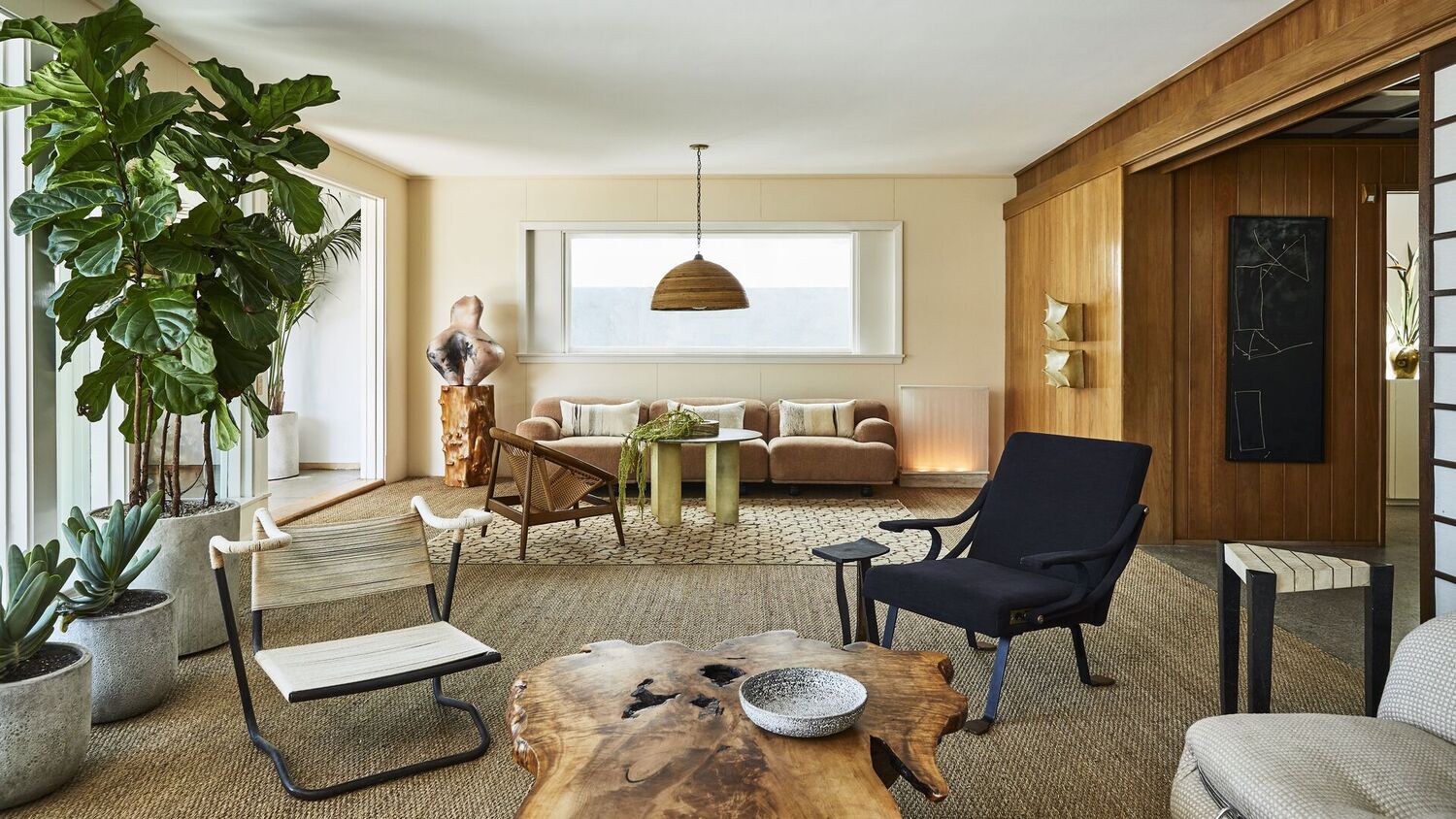
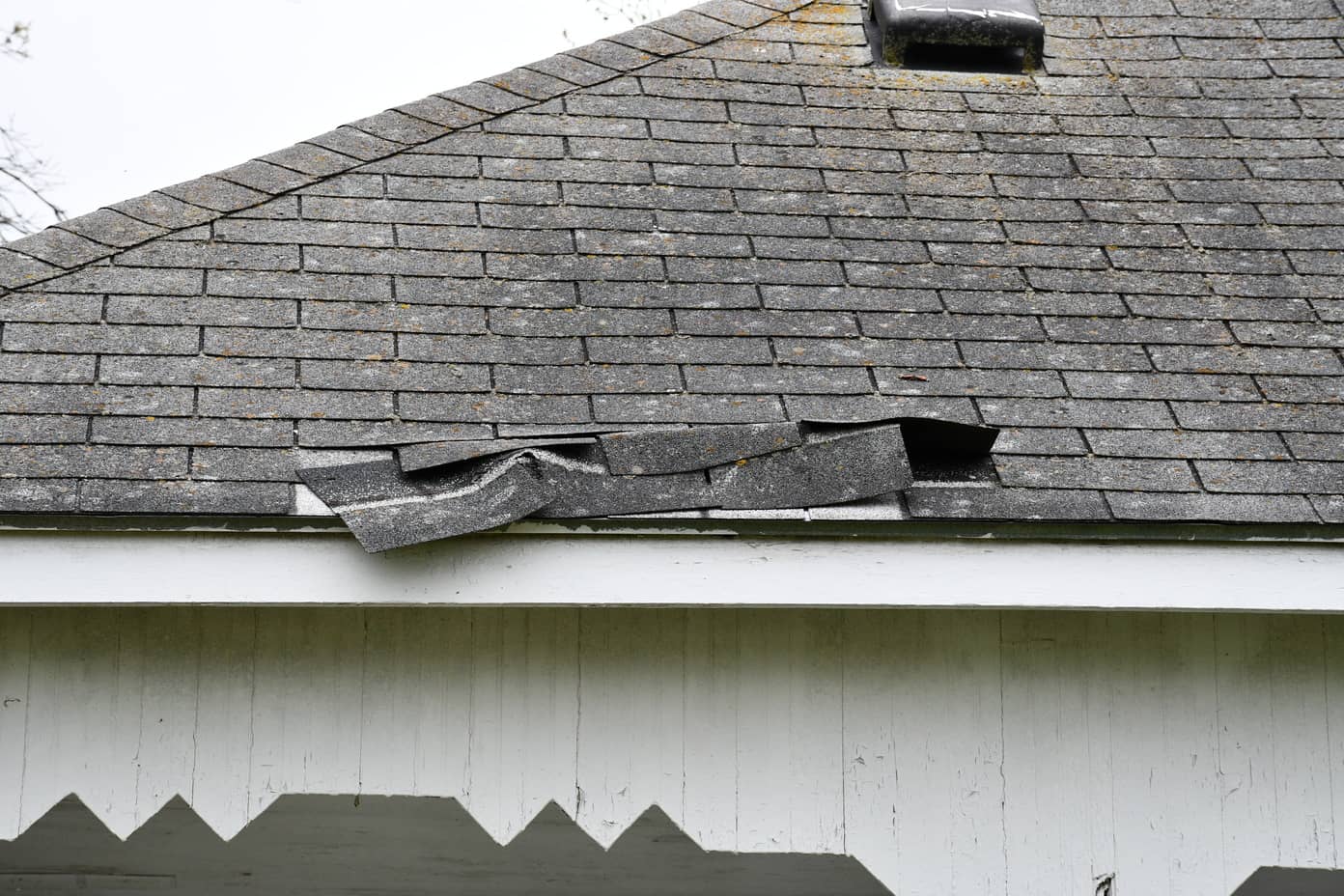

0 thoughts on “4 Hidden Costs Of Accessory Dwelling Units You Need To Know”